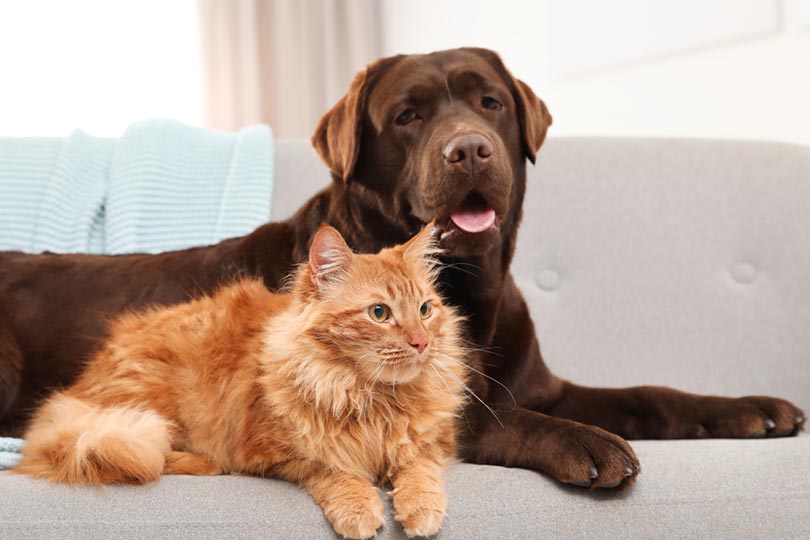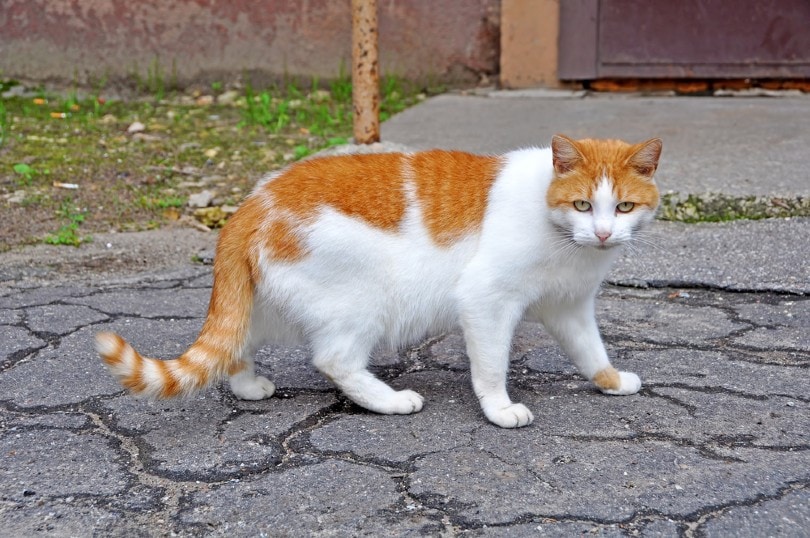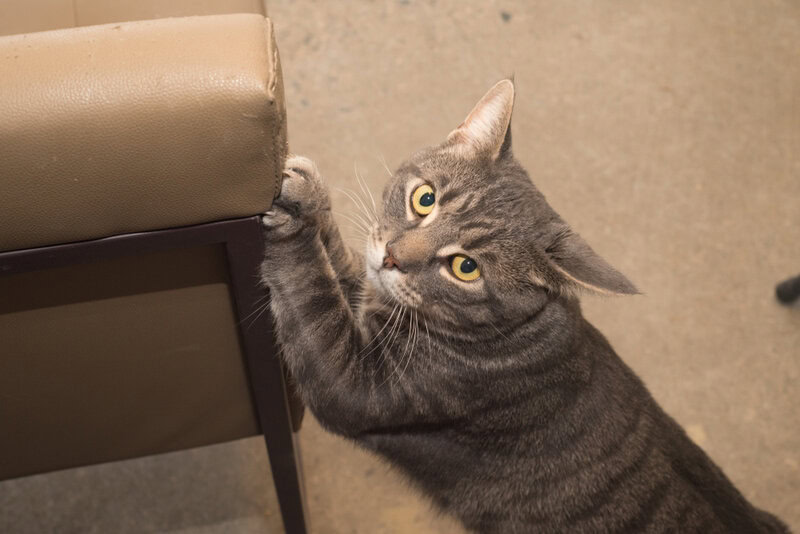VET APPROVED

The information is current and up-to-date in accordance with the latest veterinarian research.
Learn more »Click to Skip Ahead
If you’re heading out for a trip, you need to ensure your pet is getting all the care they need. You can board your pets somewhere or leave them in the comfort of their home and have someone visit them.
But if you are paying to have a pet sitter drop in on your pets, how often and how long should they visit for? The answer comes down to the type of pet you have, their age, personality, lifestyle, and health, and there are mitigating factors that play a role too, which we will discuss below.
Still, healthy adult cats generally need at least one visit a day, and dogs need someone to stay with them in your home or theirs during the length of your absence, but that’s not everything you need to know, so keep reading!

How Many Times Should a Pet Sitter Visit a Cat Each Day?
At a bare minimum, a pet sitter should visit a healthy adult cat at least once a day. This still depends on various factors that could affect your cat, and many cat owners feel more comfortable and will request two or three visits each day.
For an absolute minimum, a pet sitter should come and visit a cat at least once a day for about 60 minutes. This will allow the pet sitter to complete various tasks throughout your home and give your cat some attention while they are there.
They can also make sure the cat is eating well, toileting normally, and remains healthy and active during your absence. However, this only applies to healthy adult cats. In case of young cats, kittens, senior cats, or those suffering from various health conditions or taking regular medication, these visits should be more frequent and often lengthier. In most cases, it’s best if the cat sitter stays at your home during the whole length of your absence.
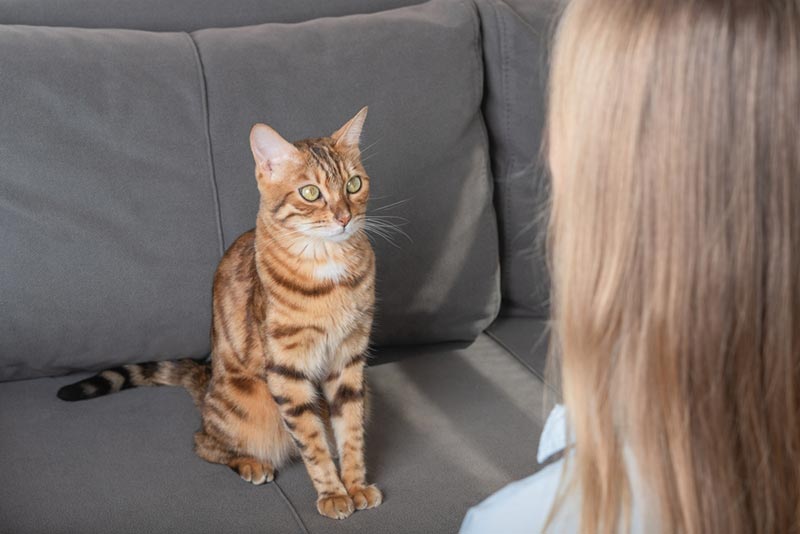
Should a Pet Sitter Stay With Your Dog?
While cats need at least one visit each day, dogs require a different kind of attention due to their specific needs, and as such, they should ideally stay with your pet sitter at your home or theirs, depending on arrangements. This way, your dog will spend time with them throughout the day and will not be alone at night, mimicking the routine they are used to in order to reduce any unnecessary stress. Once again, the exact arrangement depends on several factors, and for pet sitters who work away from home, two visits a day is the bare minimum, alongside staying with your pooch overnight.
It’s important that the dog and pet sitter are familiar with one another, so the dog can feel comfortable, and the sitter can easily spot any changes in their behavior or health.
What About Home Surveillance Cameras?
Alongside having a pet sitter visit your cat, or staying at your home to look after the cat or the dog, it may be a good idea to set up a few indoor cameras, so both you and your pet sitter can monitor your pet when they’re home alone. This allows them to pick up on any signs of anxiety or distress when they’re leaving the house, as well as for you to stay in touch and be able to check up on your furry friend while being away. Just make sure your pet sitter is comfortable with this.
How Long Should Pet Sitter Visits Last?
Anytime a pet sitter comes to visit your pet, they should stay for at least 45 minutes. While the exact things the pet sitter will need to complete vary depending on the type of pet you have, they should spend at least 15 minutes completing all the necessary tasks.
From there, the pet sitter should focus on trying to spend some time with your pet. This way, they get at least a little companionship throughout the day.
During the day, a visit with a dog should last even longer than 45 minutes, as this allows them to take them out for a long walk or to play a game of fetch or something similar with them. The longer your pet sitter spends with your pet, the happier your pet will be!
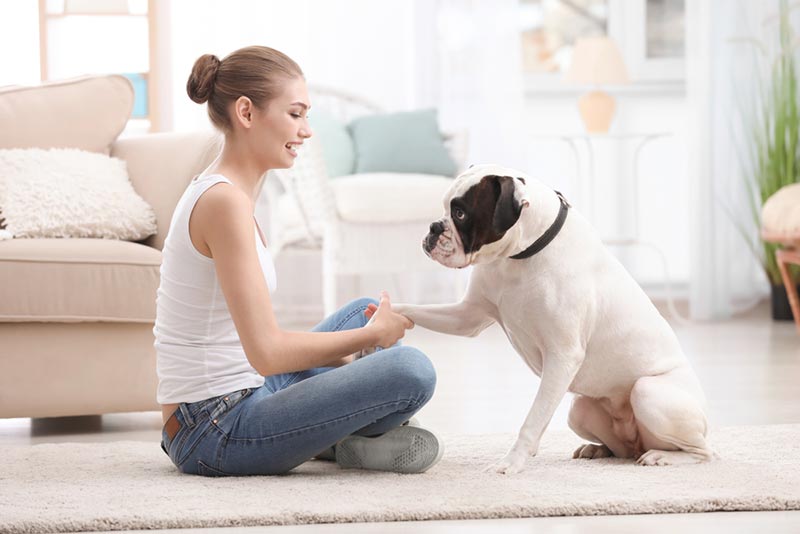

Factors to Consider
We’ve already highlighted the minimum care requirements when it comes to pet sitters and your pets, but there are potential factors that would have them benefit from even more visits or stay at home type of pet sitting. We’ve highlighted five different factors you should consider when scheduling visits for your pet.
Anxiety Levels
If you know your pet suffers from separation anxiety, you need to take this into account when you’re arranging pet sitting. Not only should you schedule more visits overall, but you should schedule longer visits for them, too. In these cases, it’s best if the pet sitter stays at your home during the whole length of your absence.
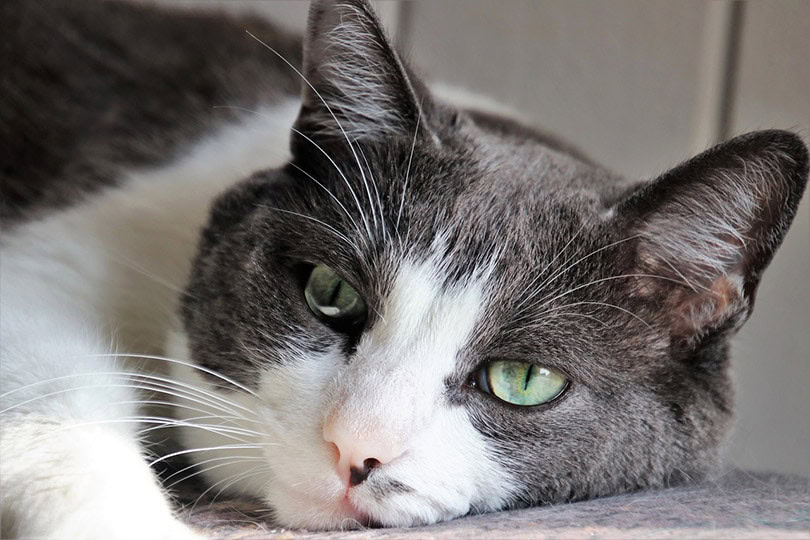
Energy Levels
If your dog or cat has higher energy levels, they could benefit from additional visits. This will help crack down on potential destructive boredom behavior, and it’ll provide them with an avenue to get some extra energy out.
Medical Needs
If your dog has a medical condition where they need to get out a bit more or if they need medication throughout the day, you need to schedule at least this number of visits to meet your pet’s needs, not to mention your pet sitter should be staying at your home overnight. If a vet says your pet needs something, ensure you’re doing it!
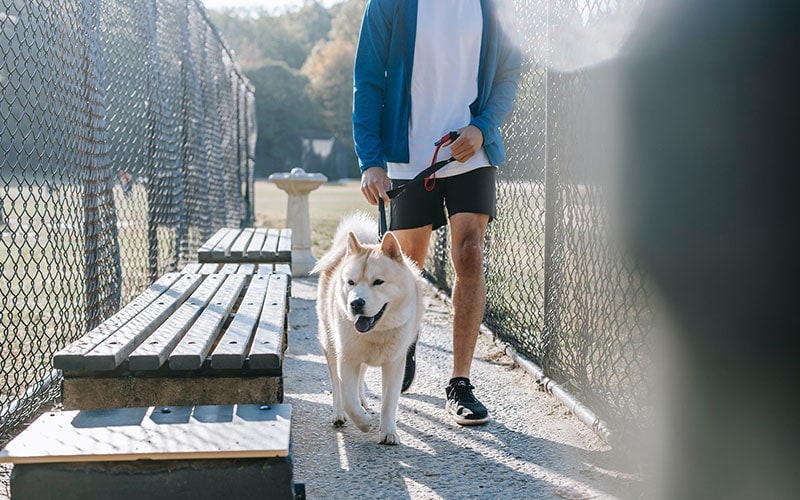
Length of Trip
If you’re heading out for a longer trip, you should schedule longer and more frequent visits than if you’re just going away for a day or two, as well as asking the sitter to stay at your home. You don’t want your pet to get too lonely or sick, and the longer you go away, the more likely they are to feel that way, or an illness may go unnoticed and get significantly worse by the time you’re back.
Your Pet’s Age
If your pet is young or on the older side of things, they could benefit from more visits and a pet sitter staying at your home. Younger pets tend to exhibit boredom, frustration, and destructive behaviours a bit more and have higher energy levels, while older pets can’t hold their bladder quite as well and often suffer from anxiety issues.


Conclusion
When it comes to looking out for your pets while you’re away, the more visits you can schedule for them the better, as well as arranging a pet sitter to stay at your home with your pet. Whether you have pet dogs, cats, or both, they all benefit from more time with people, and they absolutely love any extra attention they can get. This is also a way for the pet sitter to monitor their behavior carefully, in case any early signs of illness may start to exhibit.
Featured Image Credit: New Africa, Shutterstock
